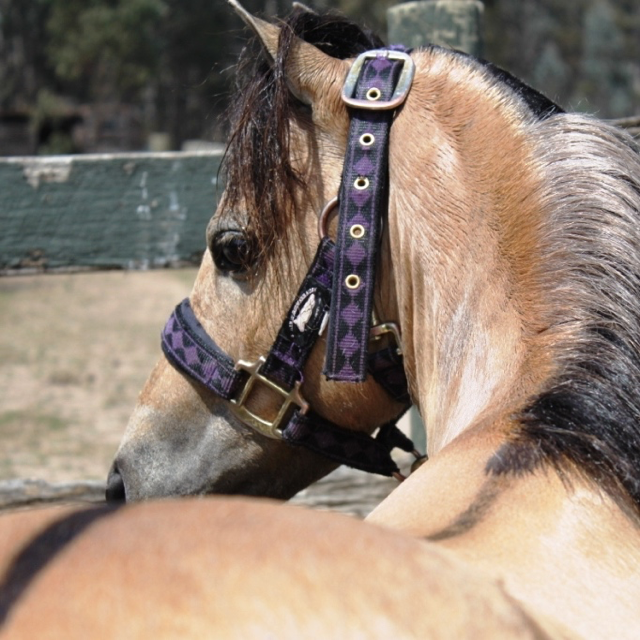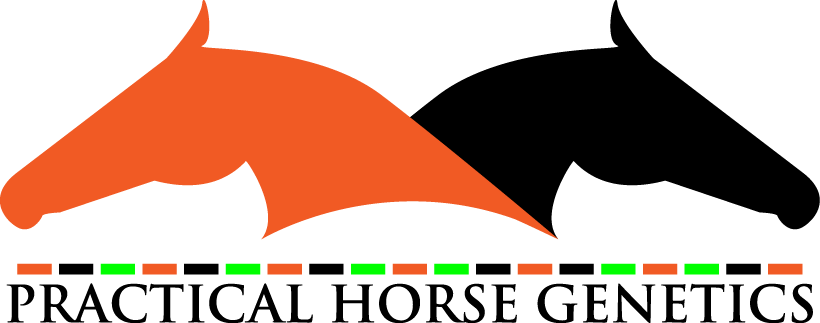Dun and nd1 (dun/nd1)
Summary
The dun coat colour in horses dilutes both red and black pigment by limiting the distribution of pigment granules to a small part of the hair shaft. This dilution is accompanied by darker undiluted markings that can include a dorsal stripe (most commonly), leg barring, dark ear tips, and shoulder bars. The face and points of dun horses are also usually darker than their bodies.
The coat colour and markings associated with d1 (also called nd1) are less intense than dun, but follow the same pattern. Horses that are positive for d1 but not dun are NOT considered to be dun.
Gene or region and technical reference
Gene: TBX3 (causative). Reference: Imsland et al. (2016)
Reported alleles
n. Test developed using manufactured DNA, animal controls.
nd1. Test developed using manufactured DNA, animal cases.
D. Test developed using manufactured DNA, animal cases.
Panels: groups of tests that are often ordered together
This test is in the Arabian health & colour panel.
This test is in the full colour panel.
This test is in the dilutions panel.
This test is in the Fjord horse panel.
This test is in the Gypsy health & colour panel.
This test is in the Miniature health & colour panel.
This test is in the QH health & colour panel.
This test is in the Shetland Pony colour panel.

Miniature horse stallion Silver Star King Of Cool shows us his dorsal stripe and mane frosting. He is a splashed white dunskin.
